Heard the latest on Melbourne’s upcoming Tesla Town? Catch up with Len Warson, one of the main brains behind YarraBend, to get the scoop on the new tech-savvy development.
Sandra Tan: You took charge of Glenvill, the family business, in 1991. Had you always aspired to build on your father’s legacy?
Len Warson: When I left university, I didn’t go straight into the family business – I actually started my career as a Junior Taxation Accountant for Ernst and Young Chartered Accountants. Within a year, I worked my way up to the supervisor for the Insolvency Division. I have always been a creative person though, so when I got to a certain point in my career, I decided to harness that passion and join the family business. I wanted to bring a nurturing environment to the company, a positive attitude and mindset, and I also wanted to explore new territories to take the business to the next level.
Glenvill was the first homebuilder to produce a physical display home back in 1960. In what ways do you continue to innovate today?
We were also the first homebuilder to incorporate custom design and construction under one roof, creating a new standard in Australia’s construction industry. We were the first to open an inner suburban display home in 1993, previously only located in Greenfields.
In terms of how we innovate today, the best example to look at is the YarraBend development in Alphington. We’re essentially creating a new suburb, 6.5kms from the CBD in Melbourne. We want to demonstrate the future of living through this development, pushing the boundaries across our six key pillars for the development – technology, health and wellness, food and entertainment, art and design, sustainability and knowledge.
We conducted research to identify what really matters to people today in terms of living, while also creating amenities that people don’t even realise they need until they see it. Our research identified that wellbeing, sustainability and technology are important lifestyle choices for residents. Through a considered design strategy and masterplan we’ve started to incorporate some of those elements into YarraBend.
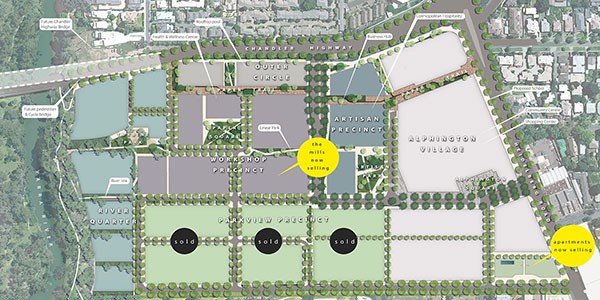
For example, the development’s health and wellness centre will have more than just a gym fitted out with the best equipment, there will be spa 25 metre pool (indoor and outdoor), an outdoor onsen, sauna, steam and massage rooms and Smart Spot mirror trainers, which record your workouts and provide posture corrections. In addition, there will be a yoga and spin room with virtual and real classes available.
On the technology front, a dedicated tech concierge will ensure things always run smoothly, assisting with everything from home entertainment setup to technical support. As a smart-wired suburb, YarraBend will offer high-speed internet, free public WiFi and an exclusive app that links the suburb and residents, letting you book function rooms, coordinate car-pooling for the school run, and find out the latest on YarraBend events.
As one of the world’s first Tesla towns, YarraBend will benefit from cutting-edge sustainable energy. How do environmental considerations drive the project, and in your opinion, will this tech become commonplace in years to come?
I believe we’re moving in that direction already. Based on our research and reviewing the areas that surround Alphington, sustainability is one of the highest areas of importance to people. Within the YarraBend development, we’ve thought about environmental design deeply. We’re the first infill development in Melbourne that will achieve the highest Environmentally Sustainable Design (ESD) rating under the UDIA EnviroDevelopment scheme for every precinct in YarraBend. The Tesla PowerWalls in the development will store energy to enable houses to run off very low utility fees, if not on zero. In addition, our YarraBend Resident App will allow people to track their energy usage and compare it with neighbours, so that residents are well informed as to how much energy they are consuming in their household.
Other ways we have factored in environmental considerations in the development are through electric car charging points, energy efficient lighting and solar PV systems.
Given this is such an important element in people’s lives today, technology that supports sustainability will definitely become the norm over time.
It’s been said that your mission at Glenvill is to ‘never accept the ordinary’. How does that ethos apply to YarraBend?
Across the six pillars of the development, we’ve looked at ways to offer something unique, which is unparalleled in any other development in Australia.
To touch on some of the amenities, we will have an open-air cinema for outdoor film nights, sculpture parks, art exhibitions and workshops. There will be a cosmopolitan hospitality sector with leading food providers, providores, gourmet grocers and a spacious public area for alfresco dining.

In such a large scale development, how does the design encourage new residents to evolve into an authentic, self-sustaining community?
The expansive amenities on offer, shared open spaces and events will foster community living. In the Alphington area, there are very few options in terms of retail shops, events, grocers, café’s and restaurants, so YarraBend will be bringing these things to the area.
The design of the YarraBend development is about a lifestyle, one that promotes healthy living, innovation and connectedness.
Increasingly, people are looking for ways to become more connected with nature and the community, which is why 4.5 percent of the YarraBend site is open space and more than 1,700sqm is for community facilities. A community centre and primary school campus will also be developed.
What aspect of the design or planning do you consider to be its greatest success? (Perhaps a small detail which resonates with you, or where the concept is articulated particularly well).
The thing that stands out about YarraBend and its design is the way in which it rethinks the way we live and fosters community living through shared economies. Within the one development there is not only a variety of types of housing, but each precinct has its own very distinct style, so people can buy into areas that really resonate with them in terms of architectural and interior design, but can then enjoy connecting with residents from other precincts through the networks of walking and cycling paths, amenities and parklands.
In what ways might YarraBend influence master planning and community design in Australia?
The layout of the development and the way we have thought about how each pillar works together is something that will set the benchmark for residential urban renewal projects in the future. Each precinct in the development has its own unique design outcomes, yet fluidly connects through open spaces and green links.
Cars no longer dominate the road network with dedicated bicycle paths and curbless roads as per the Scandinavian road design.
The sheer quantity of amenities on offer will result in a greater connection between residents, leading to greater security and a stronger community.
INDESIGN is on instagram
Follow @indesignlive
A searchable and comprehensive guide for specifying leading products and their suppliers
Keep up to date with the latest and greatest from our industry BFF's!
The new range features slabs with warm, earthy palettes that lend a sense of organic luxury to every space.

London-based design duo Raw Edges have joined forces with Established & Sons and Tongue & Groove to introduce Wall to Wall – a hand-stained, “living collection” that transforms parquet flooring into a canvas of colour, pattern, and possibility.
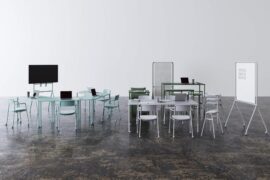
Welcomed to the Australian design scene in 2024, Kokuyo is set to redefine collaboration, bringing its unique blend of colour and function to individuals and corporations, designed to be used Any Way!

For Aidan Mawhinney, the secret ingredient to Living Edge’s success “comes down to people, product and place.” As the brand celebrates a significant 25-year milestone, it’s that commitment to authentic, sustainable design – and the people behind it all – that continues to anchor its legacy.
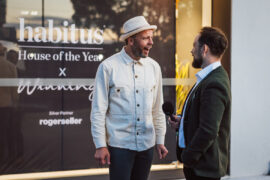
Phillip Withers joins the podcast to discuss landscape design in relation to Country, place and European notions of control, as well as his part on the Habitus House of the Year 2025 Jury.
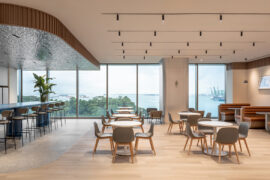
Bean Buro’s Singapore office for Anglo-Eastern is a poetic continuation of their Hong Kong headquarters — a workplace that balances identity and calm.
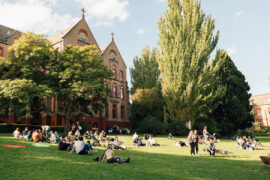
Abbotsford Convent has appointed Kennedy Nolan to guide the next stage of development at the heritage-listed Melbourne precinct, continuing its evolution as a cultural and community landmark.
The internet never sleeps! Here's the stuff you might have missed
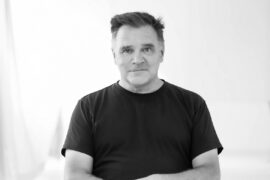
In this comment piece, COX Principal David Holm reflects on Carlo Ratti’s curatorship in which climate, colonisation and gender equity took centre stage at the Venice Biennale.
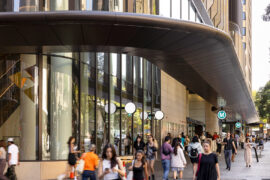
‘Civic Vision | Foster + Partners’ is the first comprehensive exhibition of the practice’s work to be held in Australia, providing an in-depth look at its global portfolio of work since it was founded in 1967 by Norman Foster.
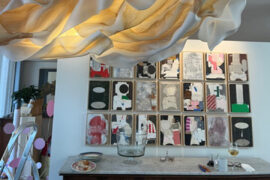
Held in a private Melbourne residence, Fletcher Arts’ annual exhibition unites over 30 Australian artists and designers in a setting where art meets architecture.
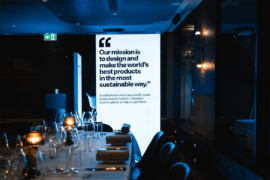
MillerKnoll reimagines the convention of dinner table interactions by plating up a future-forward menu of sustainable design conversation starters as part of the inspiring “Conversations for a Better World” event series.